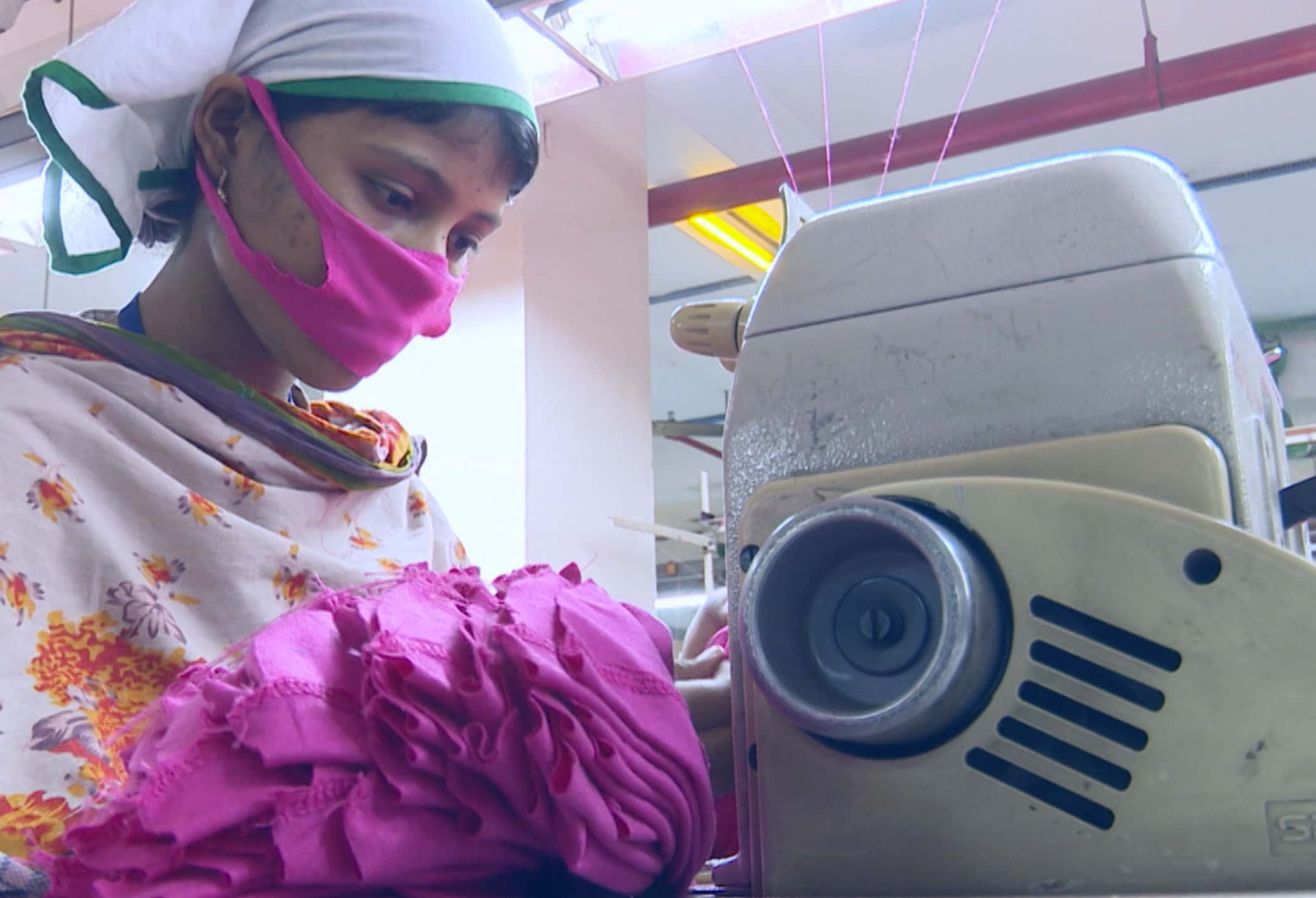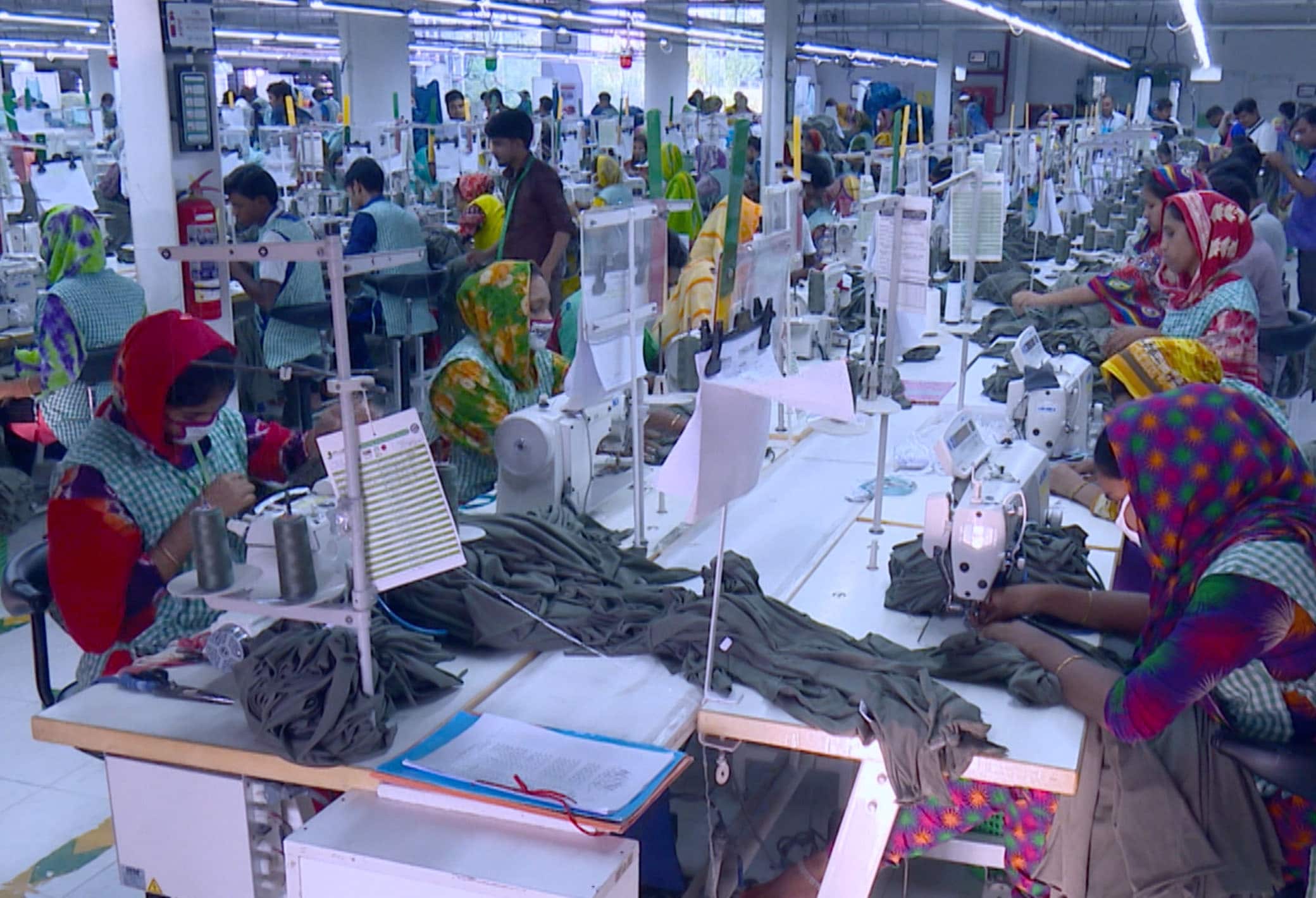Economic and social sustainability of the garment industry – possible strategies
12-03-19

Is it possible to increase productivity and obtain stronger social compliance in Bangladesh’s ready-made garment industry? Indeed it is, as Aalborg University, AAU and Ahsanullah University of Science and Technology, AUST demonstrate in a Danida supported research study.
By Professor Peter Hasle, Aalborg University, Denmark
The garment industry is crucial for the economy of Bangladesh as well as for many other industrialising countries as it provides a livelihood for millions of workers. However, as an industry it faces many challenges. There is a constant need to improve quality and productivity in order to remain competitive in the global market, and working conditions must be safe and healthy. International brands demand both increased productivity and stronger social compliance.
For the last four years, Aalborg University, AAU and Ahsanullah University of Science and Technology, AUST have studied the possibilities of meeting this challenge. We can now document that integrated solutions based on lean manufacturing, make it possible to improve both productivity and occupational health and safety at the same time.

Impressive results with limited investment
Our results show that garment factories can indeed achieve great benefit from embarking on a lean journey with the inclusion of OHS. We introduced lean manufacturing principles with integrated occupational health and safety, OHS considerations in 12 collaborating garment factories. After the interventions had been run in the pilot lines for a period of just three months, the results were impressive: Value added time had increased up to 100%, efficiency up to 25%, quality up to 25% and, not least, the workers’ acute muscularskeletal pain was reduced by 20%. In addition, there is a potential for even more substantial improvements in the long term.
It is also remarkable that the level of investment to accomplish this was low: there was no investment in hardware and only limited investment in additional person hours to implement the improvements. It is a strategy, which was supported by international large brands as a possibility to meet their needs for improvements in both productivity and social compliance.

Lean may be difficult
Implementing lean is not necessarily straightforward in the garment industry. Not all of the involved factories in our project achieved these high results. Some had difficulty in implementing the lean transformation.
There were three main obstacles: 1) day to day business left too little time for making improvements, 2) limited competence in industrial engineering and lean and 3) low worker motivation.
It takes top management commitment
The key to overcoming these obstacles is top management commitment. In fact, all of the managers expressed their strong commitment to the lean intervention, but for some of them it was a question of paying only lip service to the idea. Real top management commitment requires that managers show a daily interest in the lean transformation by requesting reports at management meetings, by allocating their middle management the necessary time to work with lean and, not least, by securing collaboration internally across the departments for production, industrial engineering, quality and HR.
Furthermore, top management can ensure the necessary competence in the factory by hiring industrial engineers and organising staff training.

Motivate the workers
Finally, it is necessary to increase the motivation of the workers. Here top management needs to show leadership by securing a social dialogue both at factory level and in daily operations.
Lean can only succeed if workers are continuously engaged in the activities and that can only happen when middle management and supervisors promote and follow up on workers’ suggestions, and, not least, when management provides a salary at a level that can secure a stable workforce.
The project made a baseline and follow-up study of the productivity and occupational health and safety maturity of 50 companies, and of intervention activities based on lean manufacturing aimed at integrating productivity and OHS improvements.
The project culminated with an international scientific conference in Dhaka 5-7 March 2019 with 75 papers and 150 participants. See more here
